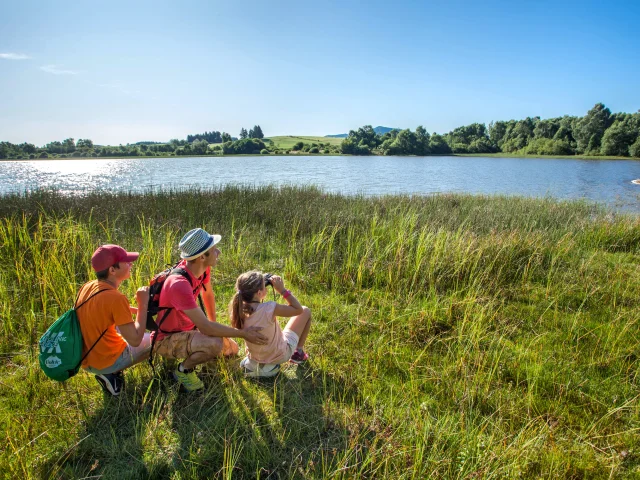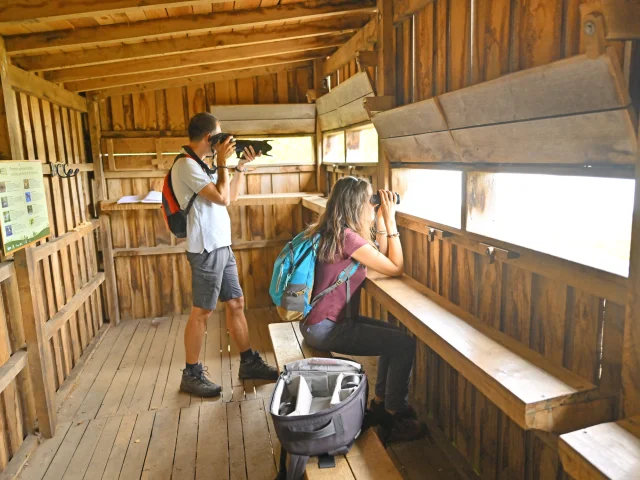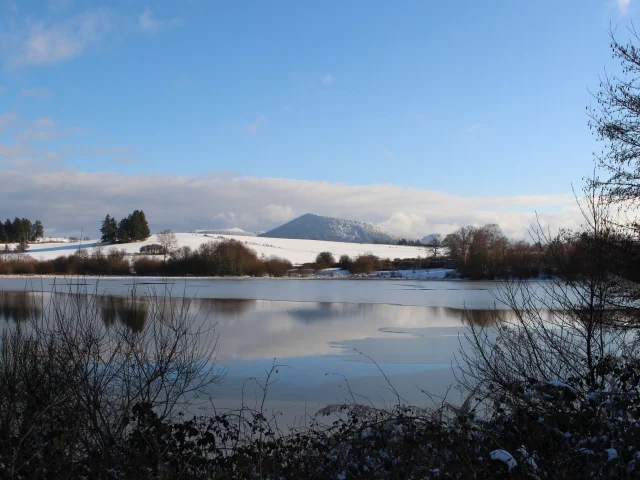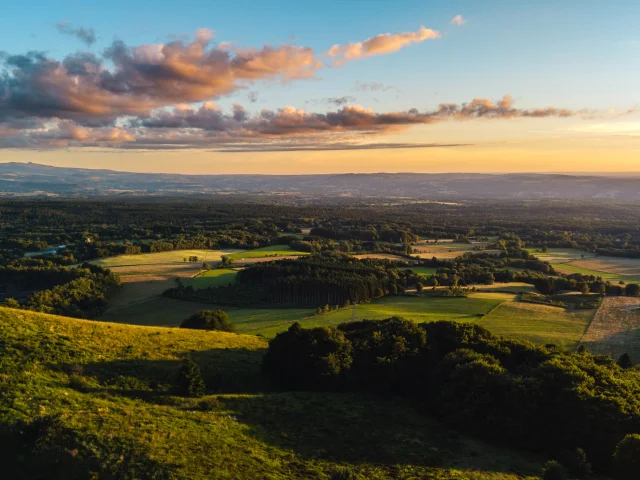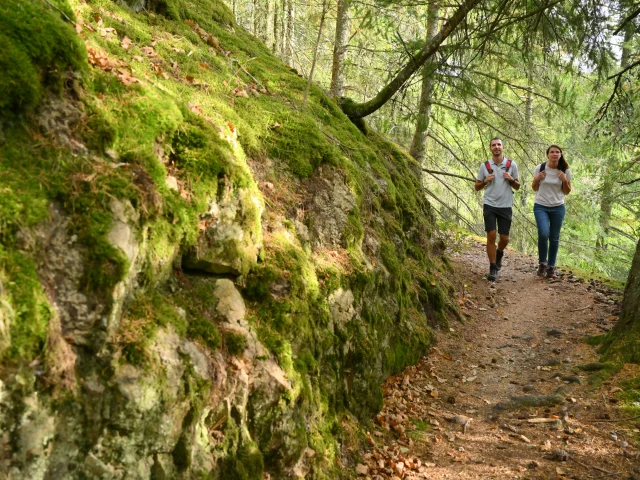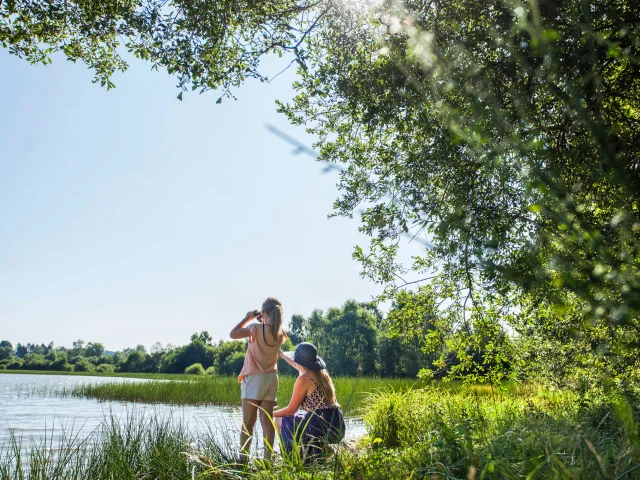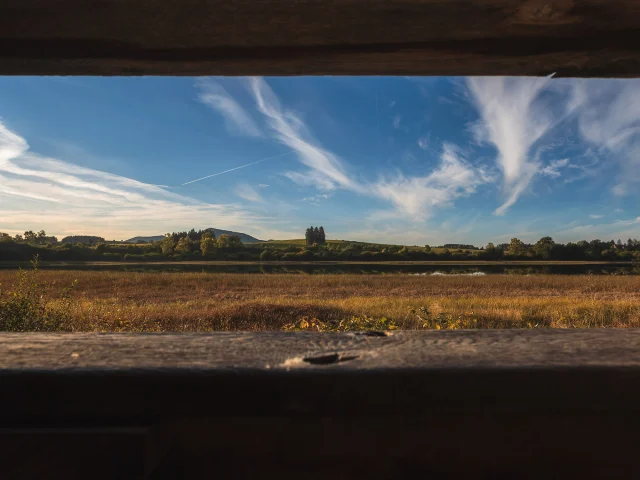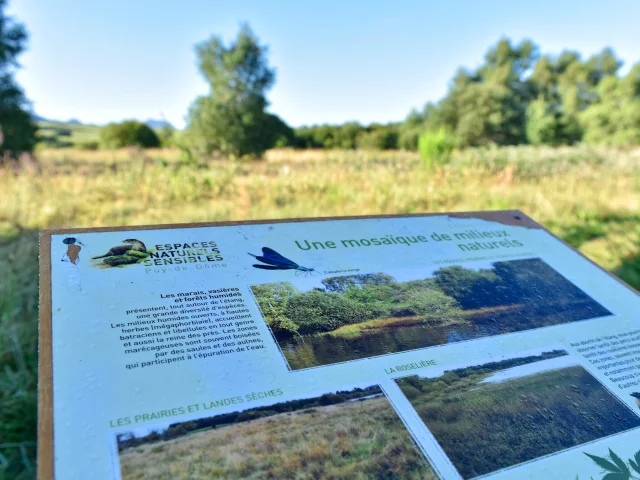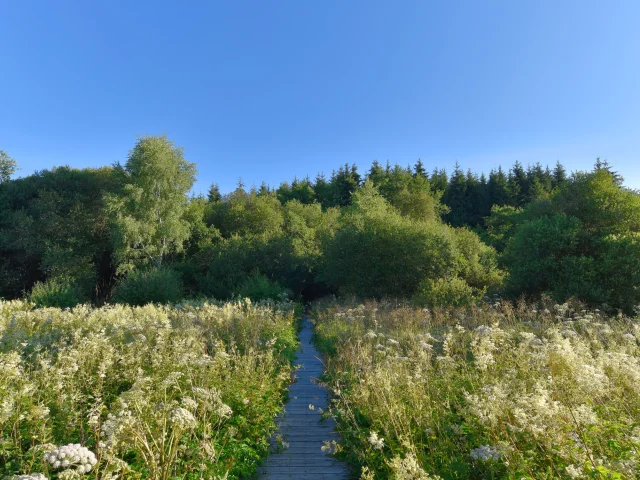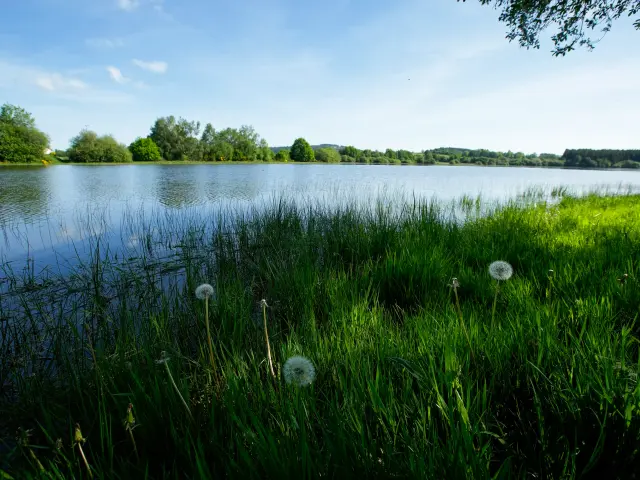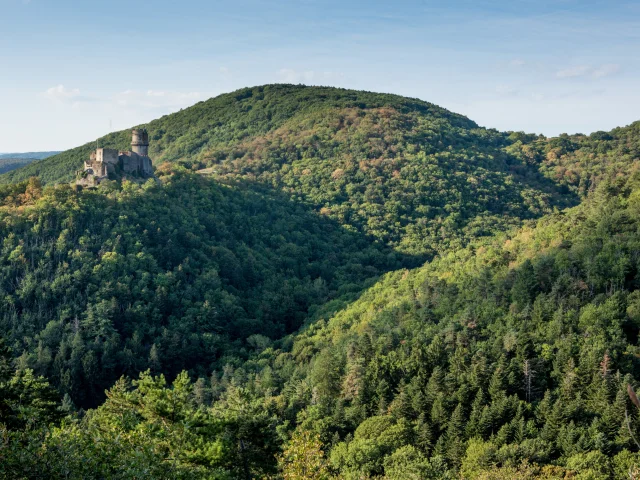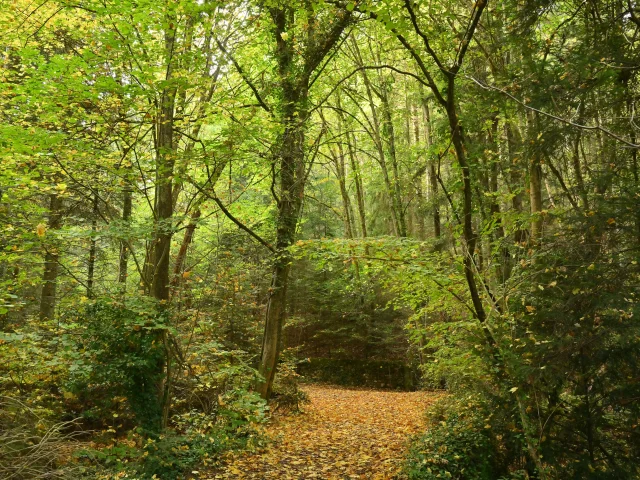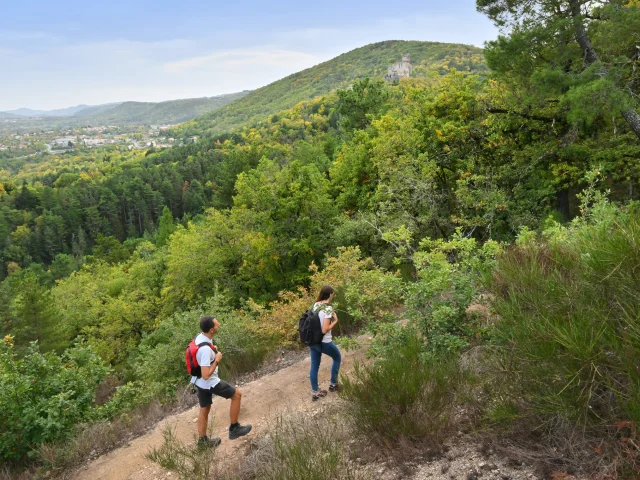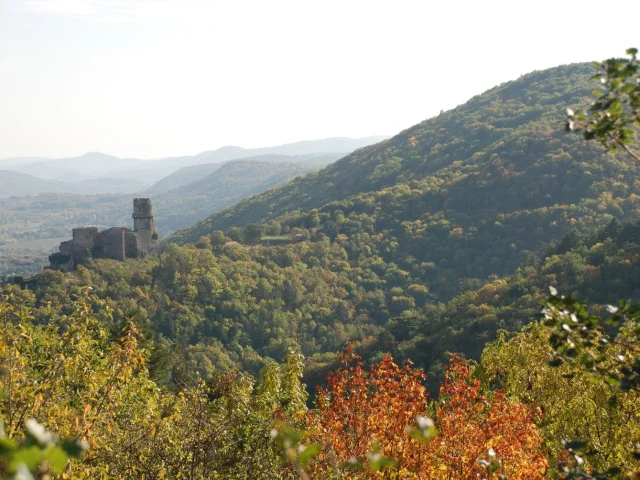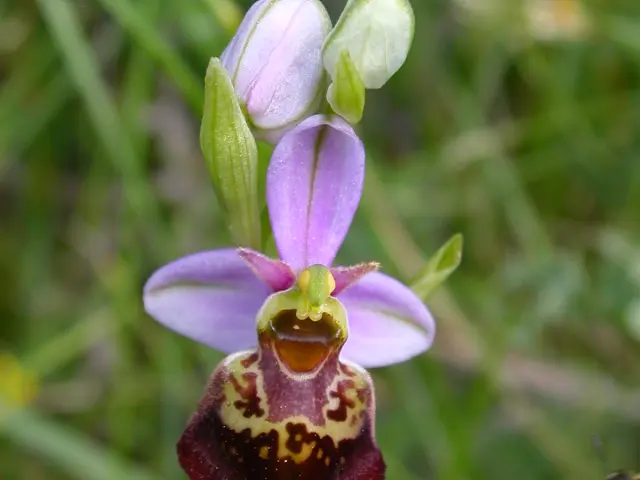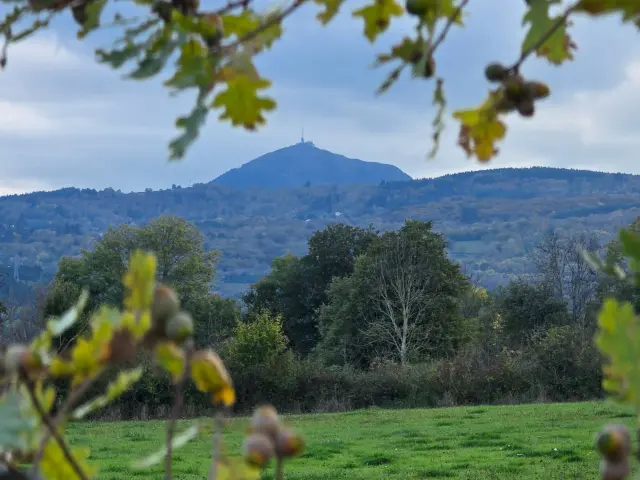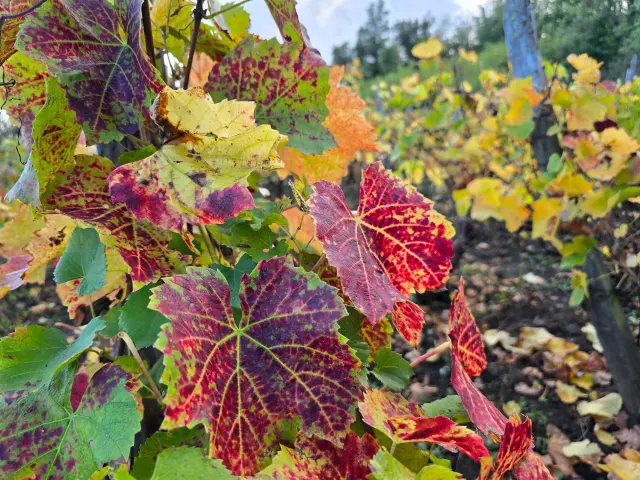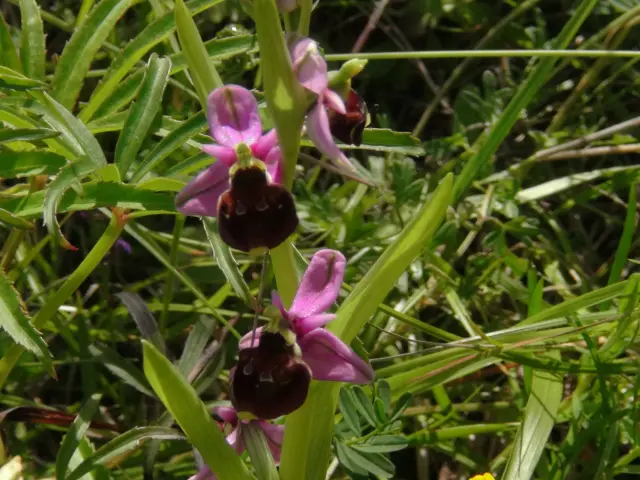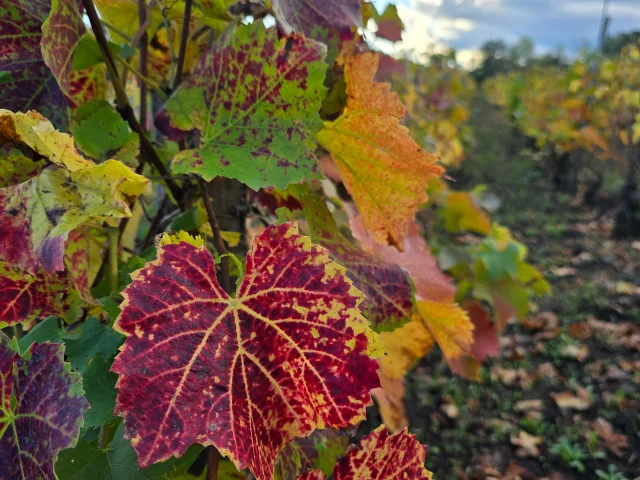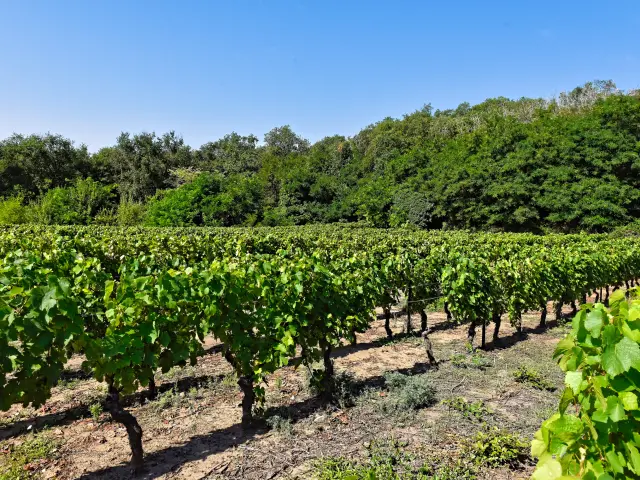Sensitive Natural Areas and the Auvergne Volcanoes Regional Nature Park
The Terra Volcana area (Riom Limagne & Volcans and Plaine Limagne) is partly within the boundaries of the Parc Naturel Régional des Volcans d’Auvergne (PNRVA), and includes several Espaces Naturels Sensibles (ENS). These areas help to reconcile nature conservation, natural heritage enhancement and sustainable tourism.
Issues
- Preservation of natural environments: protecting species and sensitive areas, limiting the impact of human activities (buildings, tourism, traffic).
- Raising environmental awareness: raising awareness of the area’s geological wealth (volcanoes, Limagne fault) and biodiversity, and encouraging responsible behaviour.
- Sustainable development: promoting gentle tourist activities, limiting nuisance, promoting traditional uses (agriculture, pastoralism) that shape the landscape.
- Territorial cohesion: involve residents, local authorities and professionals in managing the natural heritage, so that everyone benefits from ecosystem services and quality of life.

